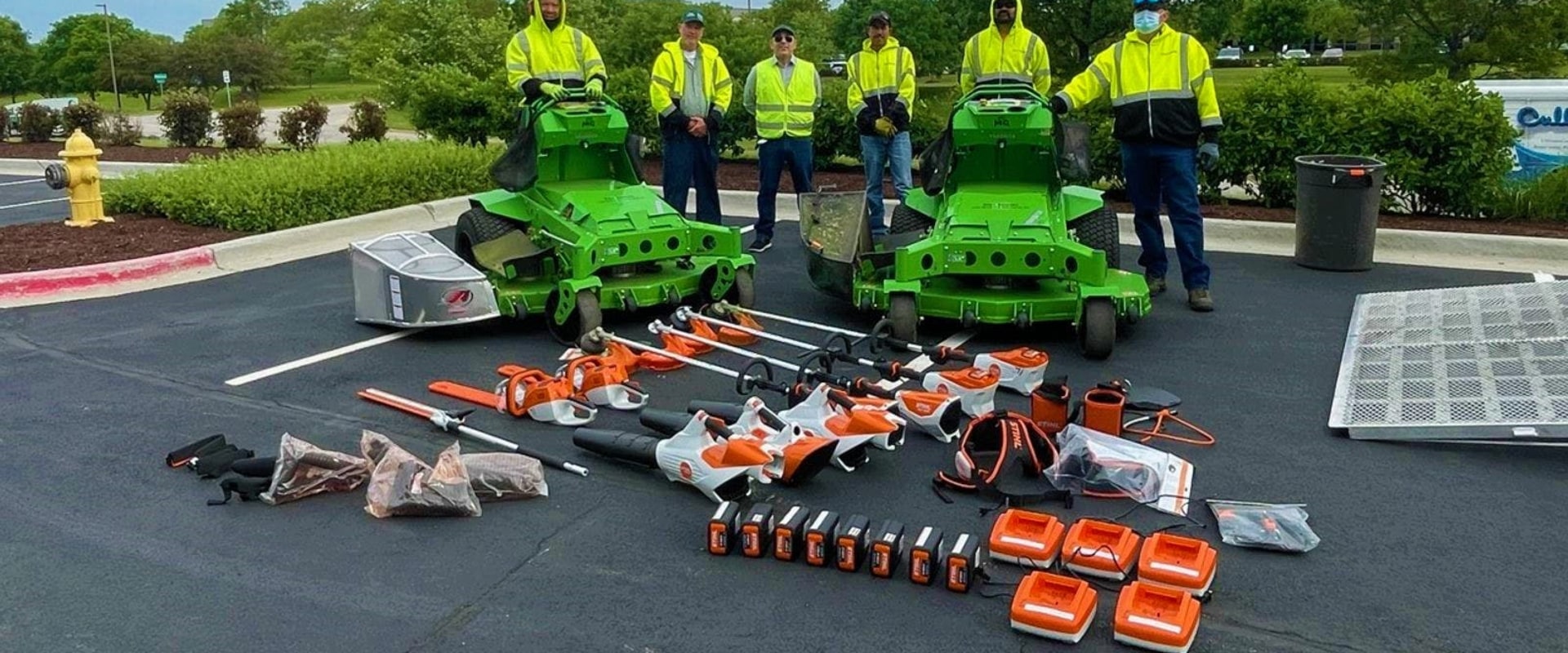When it comes to landscape engineering projects, maintenance is key. It's essential to consider how you currently use your yard and how you want to use it in the future. This will help you determine the need to reorganize old spaces into new spaces and amenities. Budgetary concerns should also be taken into account, including materials, initial installation costs, and ongoing maintenance costs.
Landscape engineering encompasses a range of maintenance techniques aimed at preserving the beauty and functionality of outdoor spaces, and one crucial aspect is ensuring efficient drainage systems. In this regard, CCTV drain surveys play an inconspicuous yet vital role in identifying potential drainage issues and preventing water-related problems. Utilizing advanced technology, CCTV drain surveys inspect underground drain pipes, revealing blockages, leaks, or other concerns that may hinder proper water flow. By promptly addressing drainage concerns identified through CCTV drain surveys, landscape engineers can prevent waterlogging, soil erosion, and other potential damage to the landscape. Additionally, landscape engineering involves regular pruning and trimming of plants, ensuring their health and appearance. Adequate irrigation and watering schedules are essential to nurture the greenery and support a thriving garden. Furthermore, landscape engineers implement soil management techniques, such as mulching and fertilization, to enrich the soil's nutrient content and support plant growth. Overall, through a comprehensive approach that includes inconspicuous CCTV drain surveys, landscape engineering helps maintain outdoor spaces in their best condition, creating vibrant and sustainable environments for everyone to enjoy.
It's important to be realistic about your intentions and abilities when it comes to plant and landscape maintenance. An example of contemporary landscape engineering and natural resource management is the IBTS greenhouse, formerly the Forest City, designed for the Emirate of Ras al Khaimah. These figures are important because performance data for for-profit landscapes, such as wetlands for wastewater treatment or agroecological agricultural sites, distinguish technically feasible projects from those that are financially and ecologically beneficial. The father of the first degree in Irrigation Engineering in the Americas was Louis George Carpenter (March 28, 1861 — September 12, 1993). He was a university professor and, later, dean of Engineering & of Physics at Colorado State University, formerly known as the Colorado Agricultural School. The iterative process of planning, designing, and evaluating performance by a multidisciplinary team is the foundation of landscape engineering. When it comes to maintenance techniques used in landscape engineering projects, there are several options available.
For instance, regular pruning is essential for keeping plants healthy and looking their best. Pruning can also help reduce the risk of disease and pests. Additionally, mulching can help retain moisture in the soil and reduce weeds. Mulch also helps protect plants from extreme temperatures.
Finally, fertilizing is important for providing plants with essential nutrients they need to grow. It's also important to consider irrigation when it comes to landscape engineering projects. Irrigation systems can help conserve water while ensuring plants get enough water to thrive. Additionally, proper drainage is essential for preventing waterlogging and soil erosion. Finally, regular inspections are necessary for identifying any potential problems with plants or other features. Overall, there are many different maintenance techniques used in landscape engineering projects.
Regular pruning, mulching, fertilizing, irrigation systems, proper drainage, and regular inspections are all important for ensuring your landscape looks its best and remains healthy.







